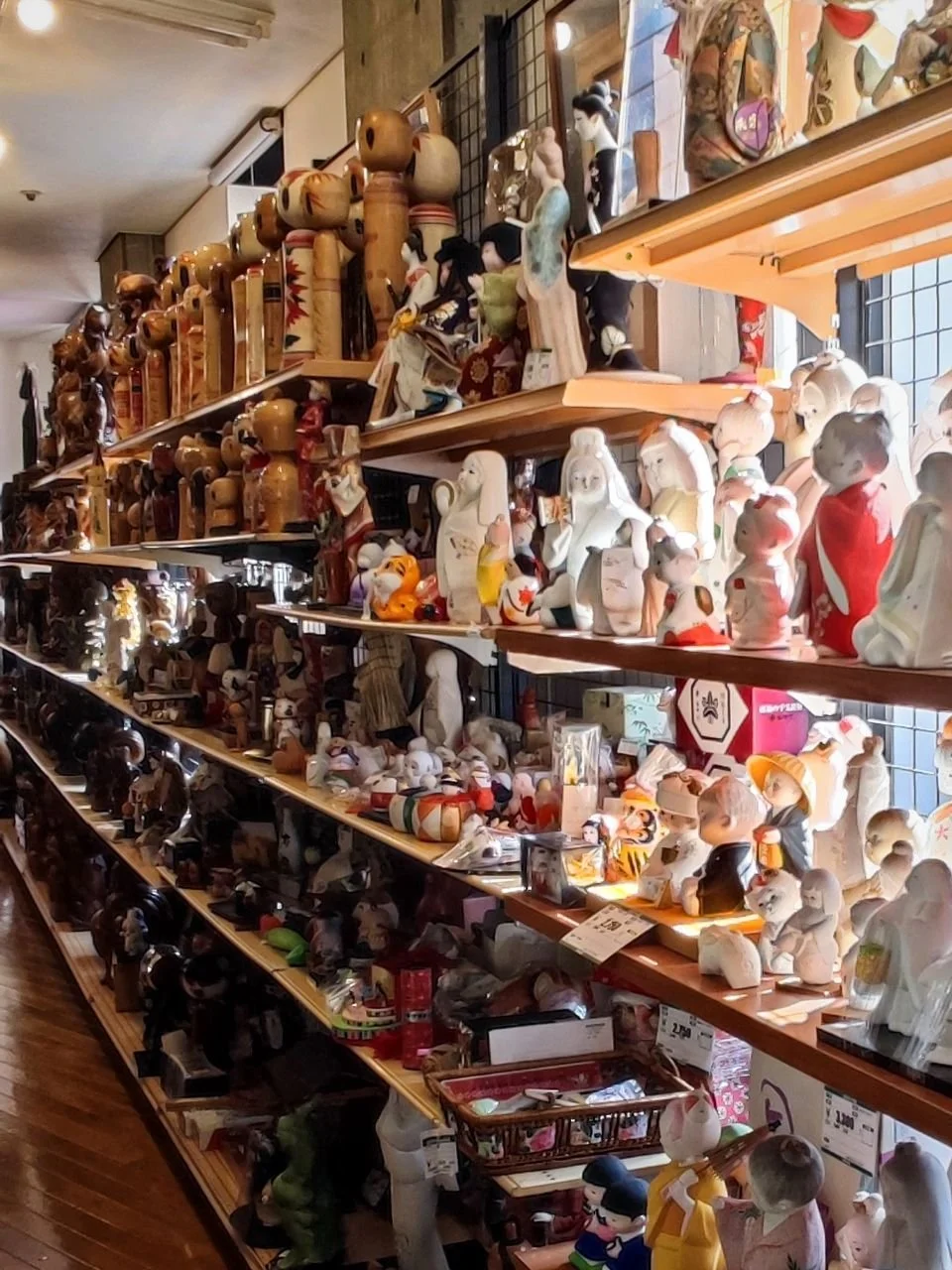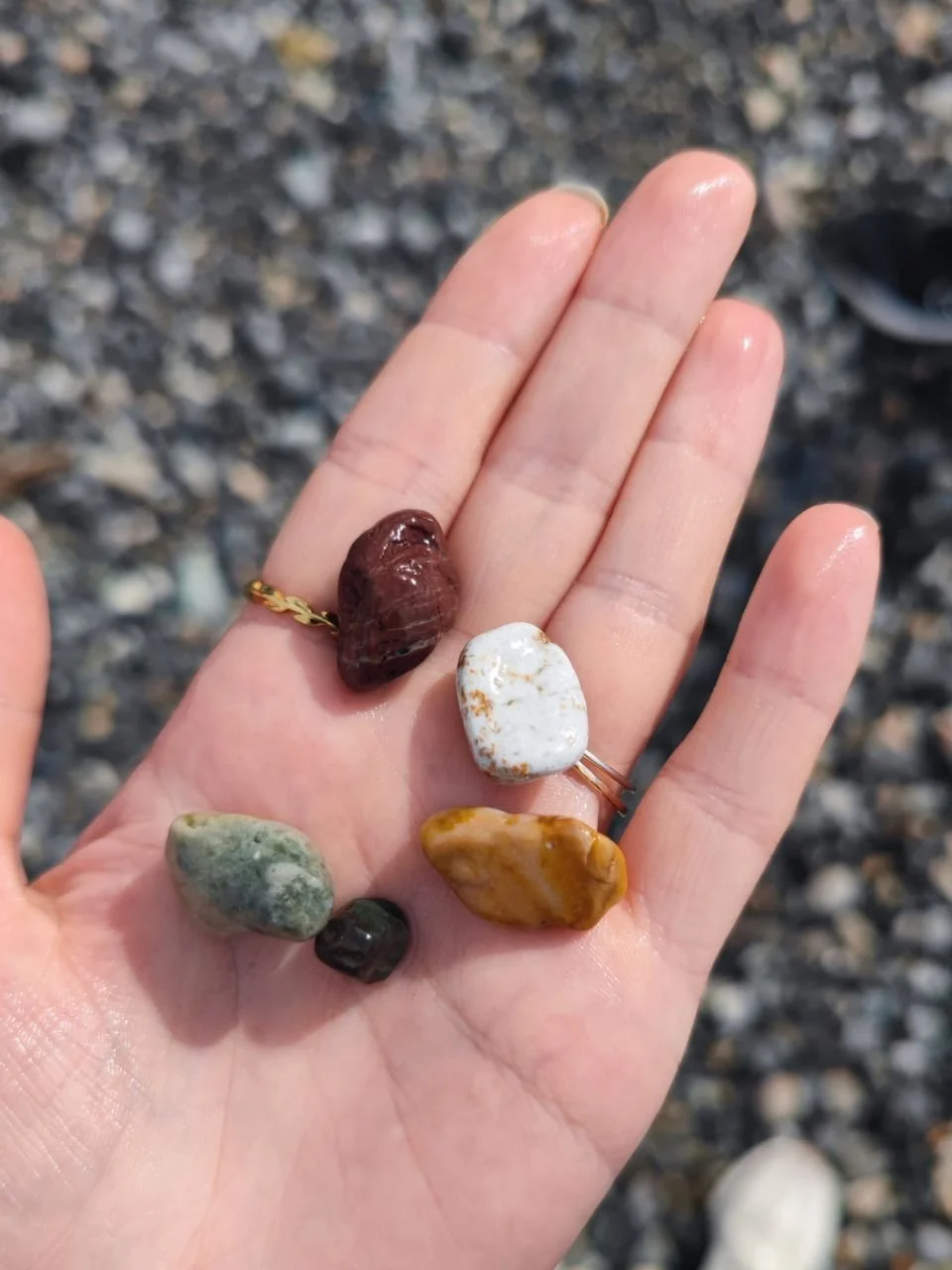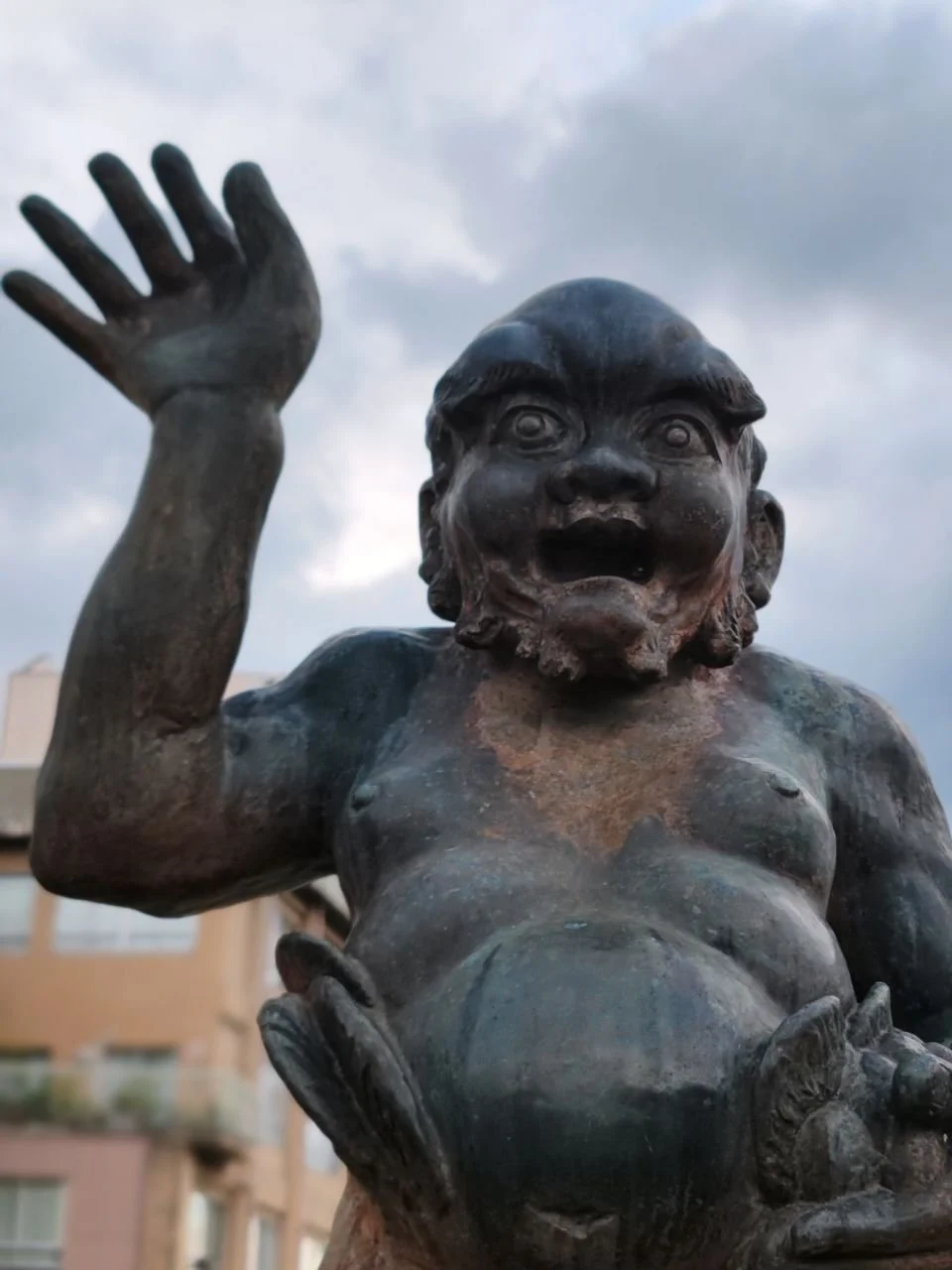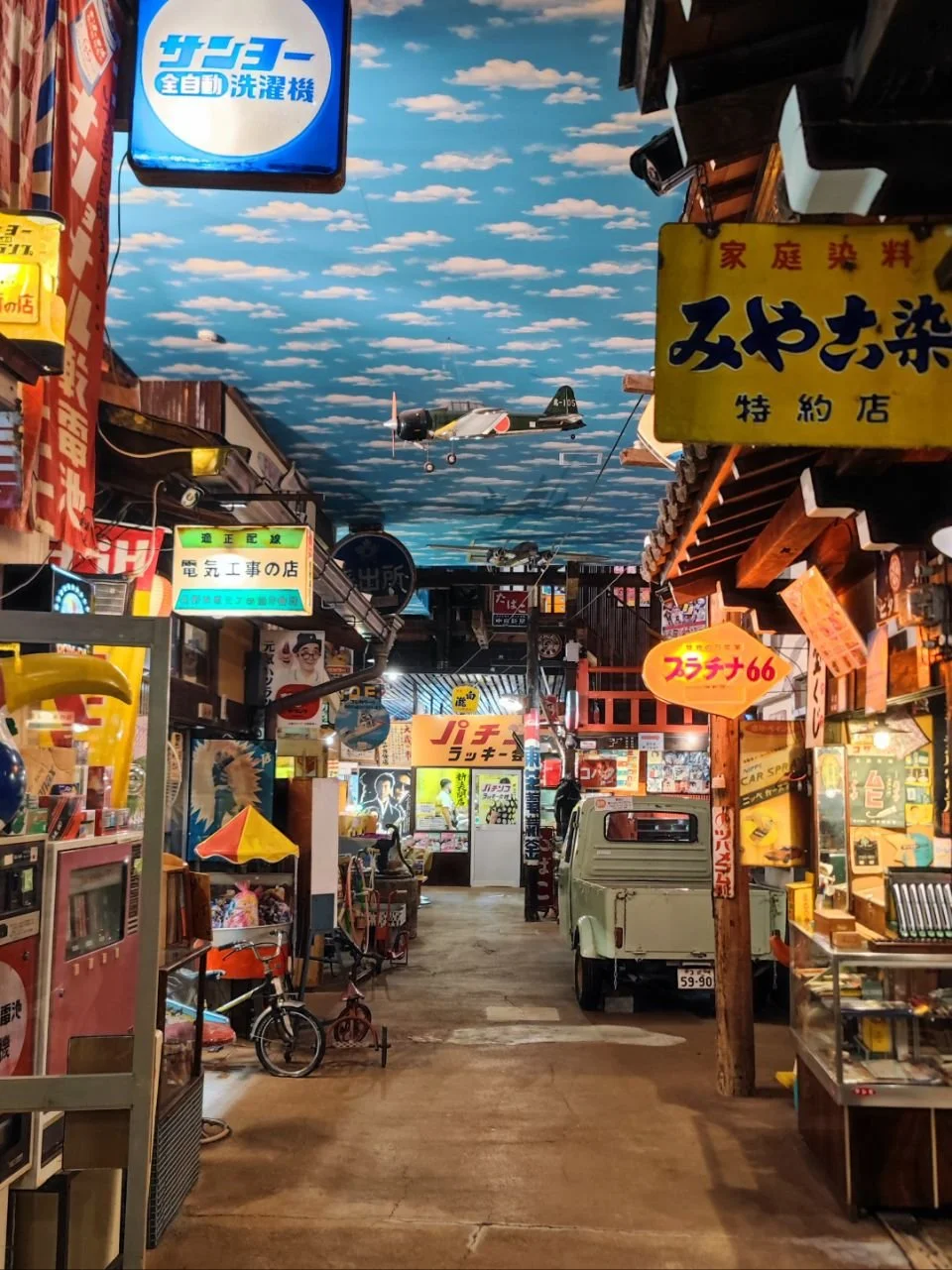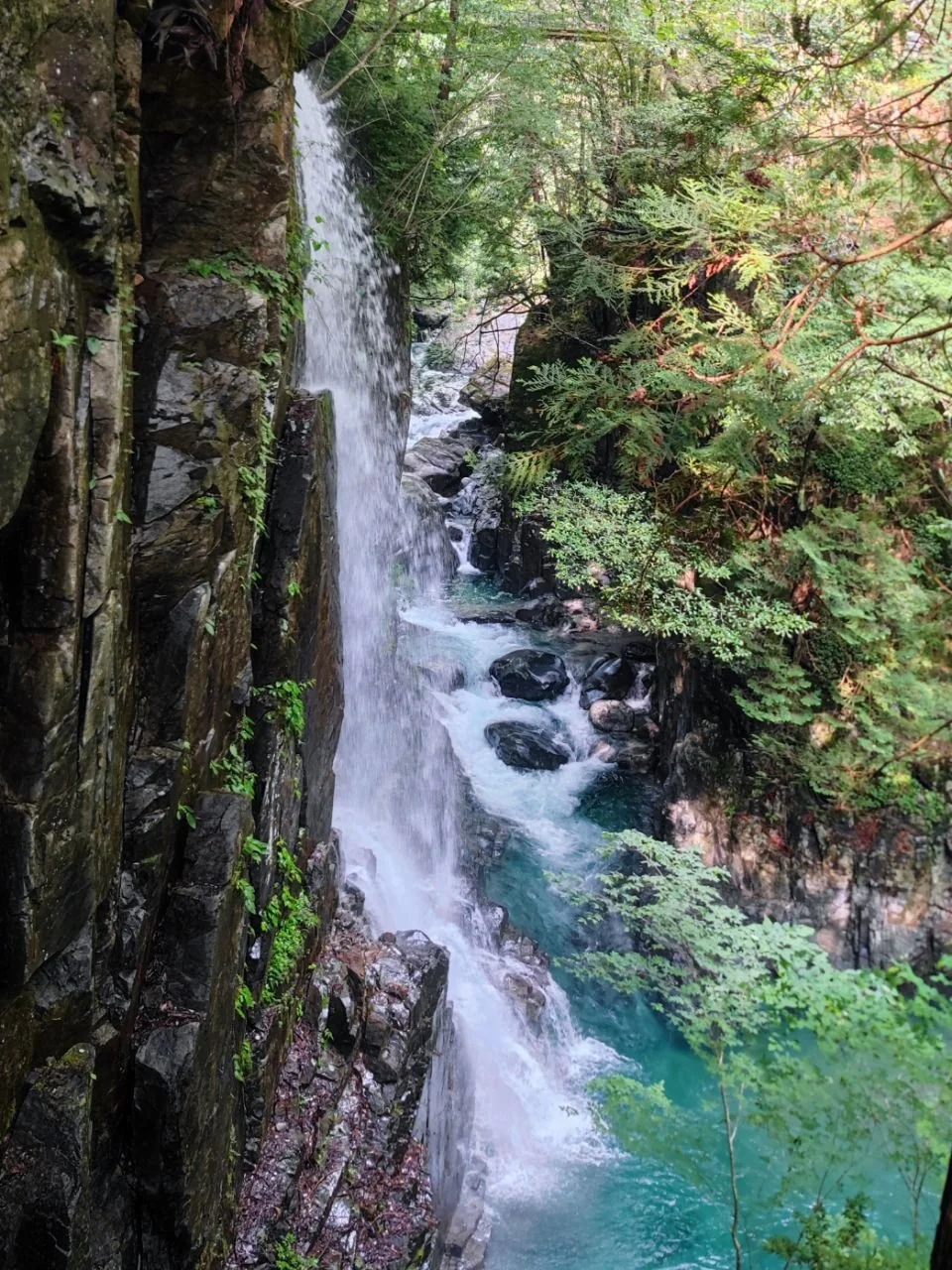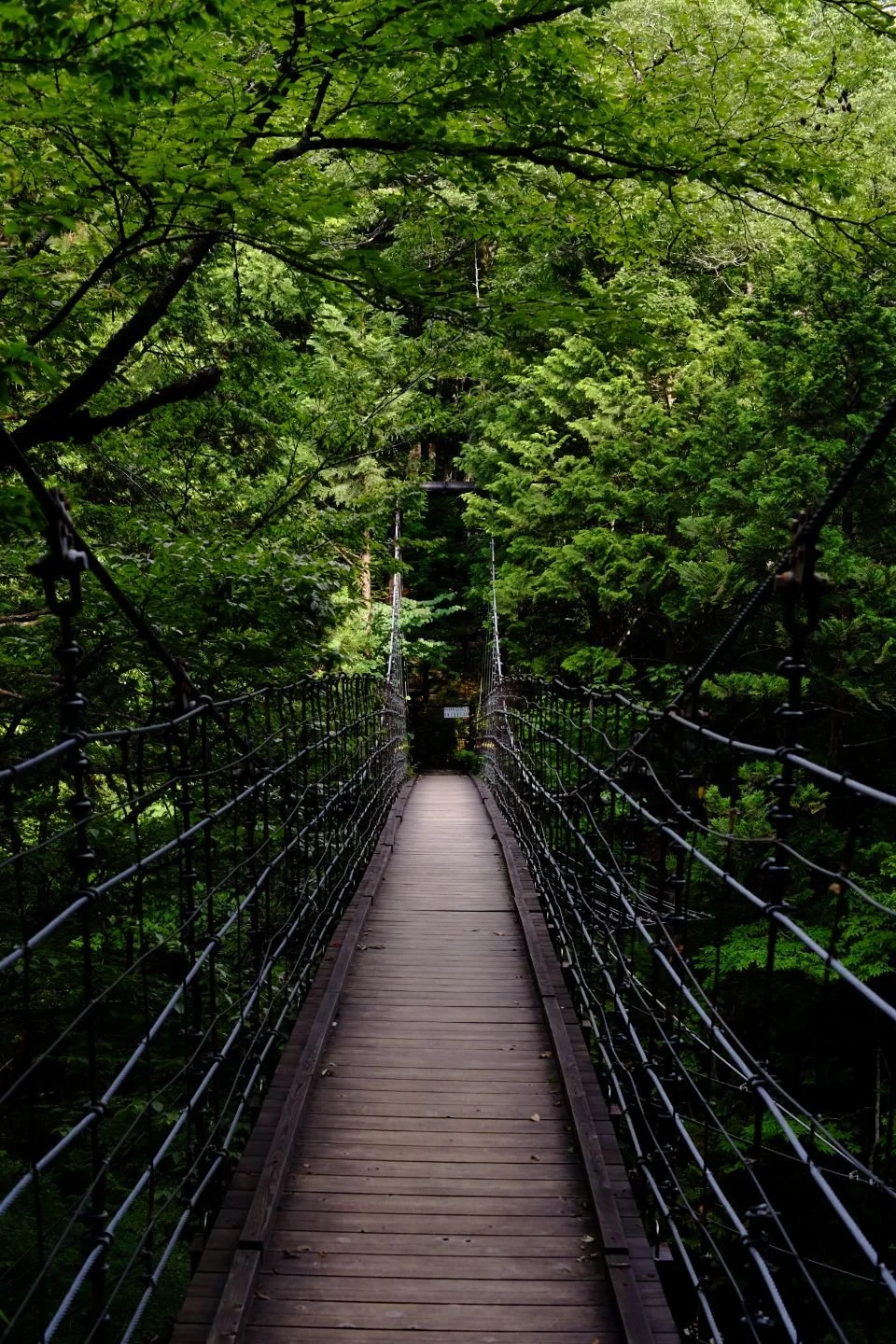A 12-Day Road Trip Through Japan’s Chubu Region: Travel Among Mountains, Villages, and Onsen
This 12-day road trip invites you to soak in the timeless beauty of Japan's heartland. From misty mountains and centuries-old trails to charming hot spring towns and artisan streets, this journey through the Chubu region offers a perfect blend of nature, tradition, and quiet discovery. Whether you're a lover of scenic drives, historic villages, or local cuisine, this itinerary promises an unforgettable escape into Japan’s lesser-known wonders.
Rather than a timestamped and packed itinerary, the suggestions below are divided into regions with suggested highlights to explore at each base so you can stay flexible and adjust the tempo as you explore.
Hike along the river of Kamikōchi Valley
Trip Overview
Suggested Route
Tokyo → Matsumoto → Kanazawa → Takayama → Kiso Valley → Lake Suwa → Kawaguchiko → Tokyo
Tips for Travelers
Seasons to travel: Year-round, but autumn and spring are especially scenic. Think fall foliage in the stunning Japanese Alps!
Transport: Rental Car recommended. This gives the best flexibility for getting around in rural areas, which is where you would want to be. Just remember to do proper research if you choose to rent a car in Japan.
Luggage: Consider using forwarding services for added convenience when traveling by train. Again, a car is convenient for storing and hauling large luggage. But the best is, of course, to travel light. See the previous post on packing tips for minimizing your luggage.
Accommodation: Book ryokans early, especially in smaller towns with limited accommodations.
Mindfulness: Not in the yoga way, but be mindful that you are a visitor. This is particularly important these days of over-tourism. Try your best to research the local language and culture to avoid being too invasive to the locals. Respectful and open curiosity will often be met with kindness and tolerance.
Time: If you have more time, I would definitely suggest spending more time at each destination, as they have much more to offer than what has been mentioned.



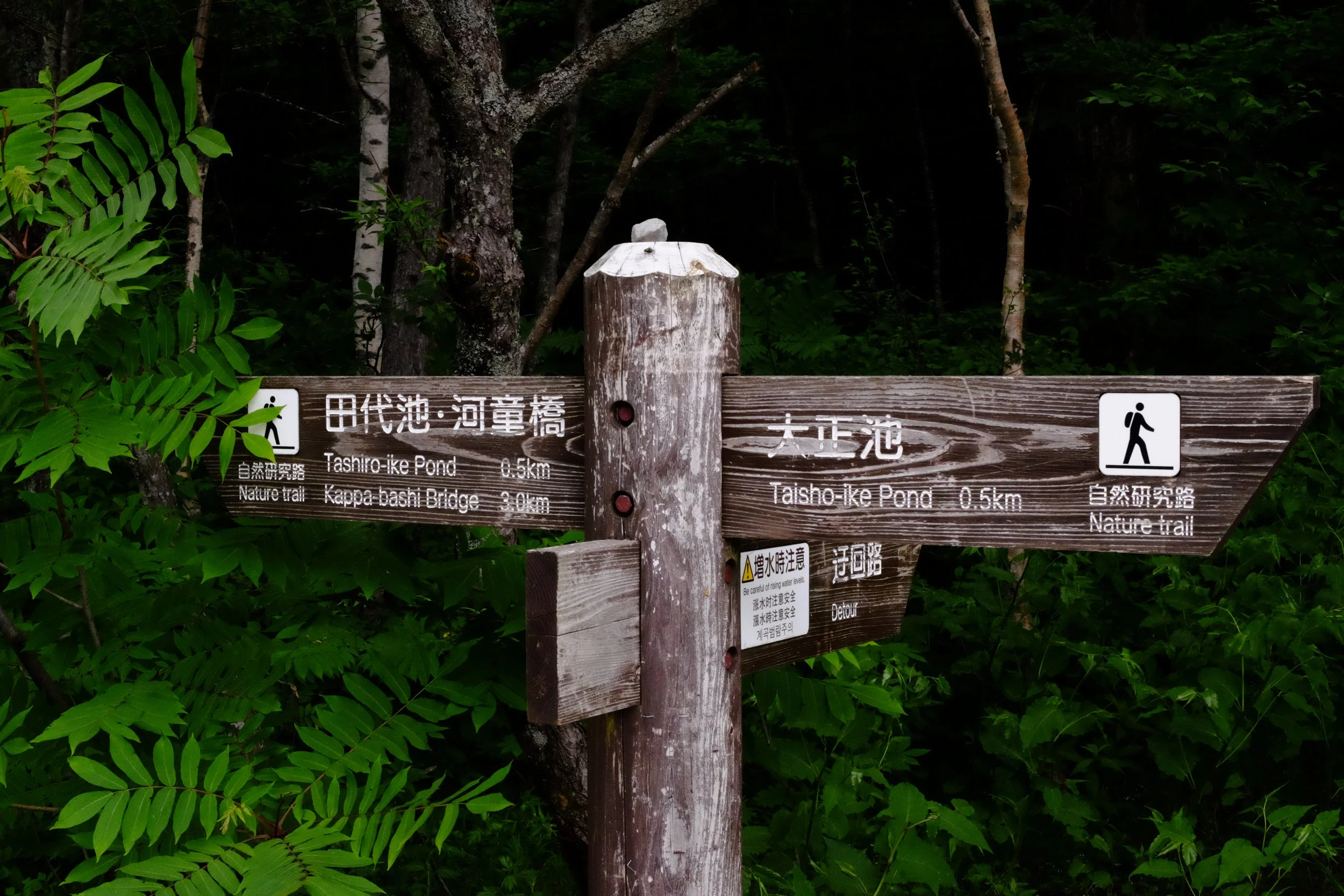

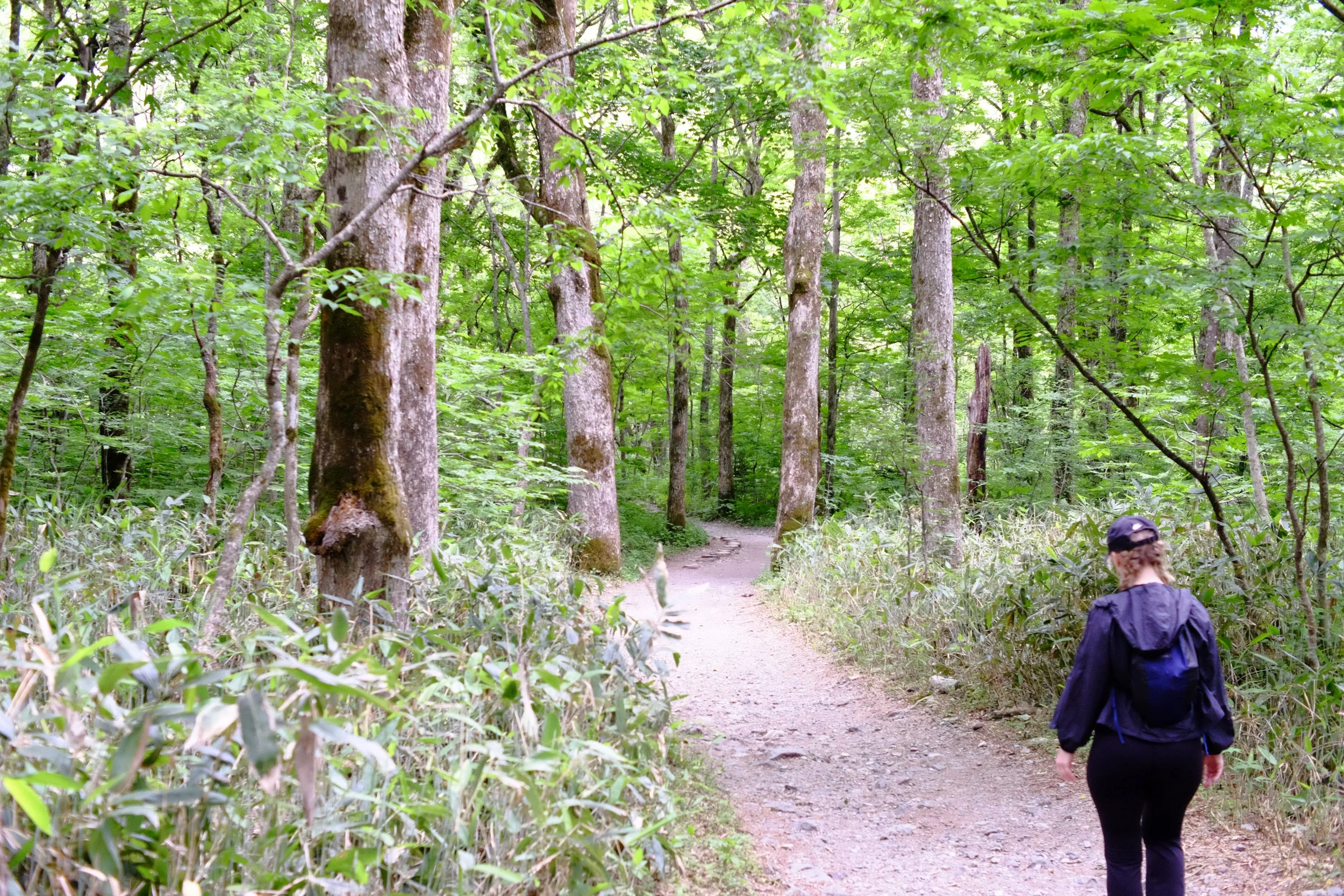

Days 1–2: Matsumoto & Kamikōchi
Framed by the Japanese Alps, Matsumoto is home to one of Japan’s most beautiful original castles, the “Crow Castle,” named for its striking black façade. Beyond its feudal past, the town hums with creative energy, from its galleries to its traditional soba shops.
Travel: Tokyo → Matsumoto
En route detour: ECO TOWN in Owadamachi, for second-hand deals you will not find in the sneaker-brow ridden Book-Off shops in Tokyo
Base: Matsumoto
Local Cuisine:
Soba noodles (a specialty in the mountainous regions of Japan)
Basashi (horse sashimi)
Specialty Coffee: Alps Coffee Lab (try the whiskey brew), aL coffee & bake
Top Sights Matsumoto:
Explore Matsumoto Castle, known as the ‘Crow Castle’ due to its black exterior. It is one of Japan’s premier historic castles and one of the twelve surviving tenshu in Japan.
Stroll through the Nakamachi and Nawate Streets (old merchant districts)
Visit the Matsumoto City Museum of Art and see art from Yayoi Kusama in the hometown of the artist herself.
Enjoy local crafts and traditional buildings
Daytrip: Kamikōchi
Hike through the Kamikōchi Valley, with views of the Japan Alps. Here are a variety of hikes, from light forest strolls to advanced hikes. To get there, drive or take a bus to the Kamikochi Bus Terminal and transfer to the dedicated shuttle buses. The region is car-free, so these shuttle buses are the only way to get there other than walking or biking. For more information, check out the Kamikochi official website. They offer parking information, maps, and timetables for the buses for drop-off/pickup at the Kamikochi Visitor Center or at the Taisho Ike Pond. Consider bringing a bear bell if you have one.
Enjoy the Kappa Bridge, Myojin Pond, and serene riverside trails
Optional: Short hikes to Dakesawa or Tokusawa for deeper nature immersion. But make sure you are prepared, equipped, and know your own limits if you decide to venture out on a more advanced trek. Ask the staff at Kamikochi for advice if you have any questions.
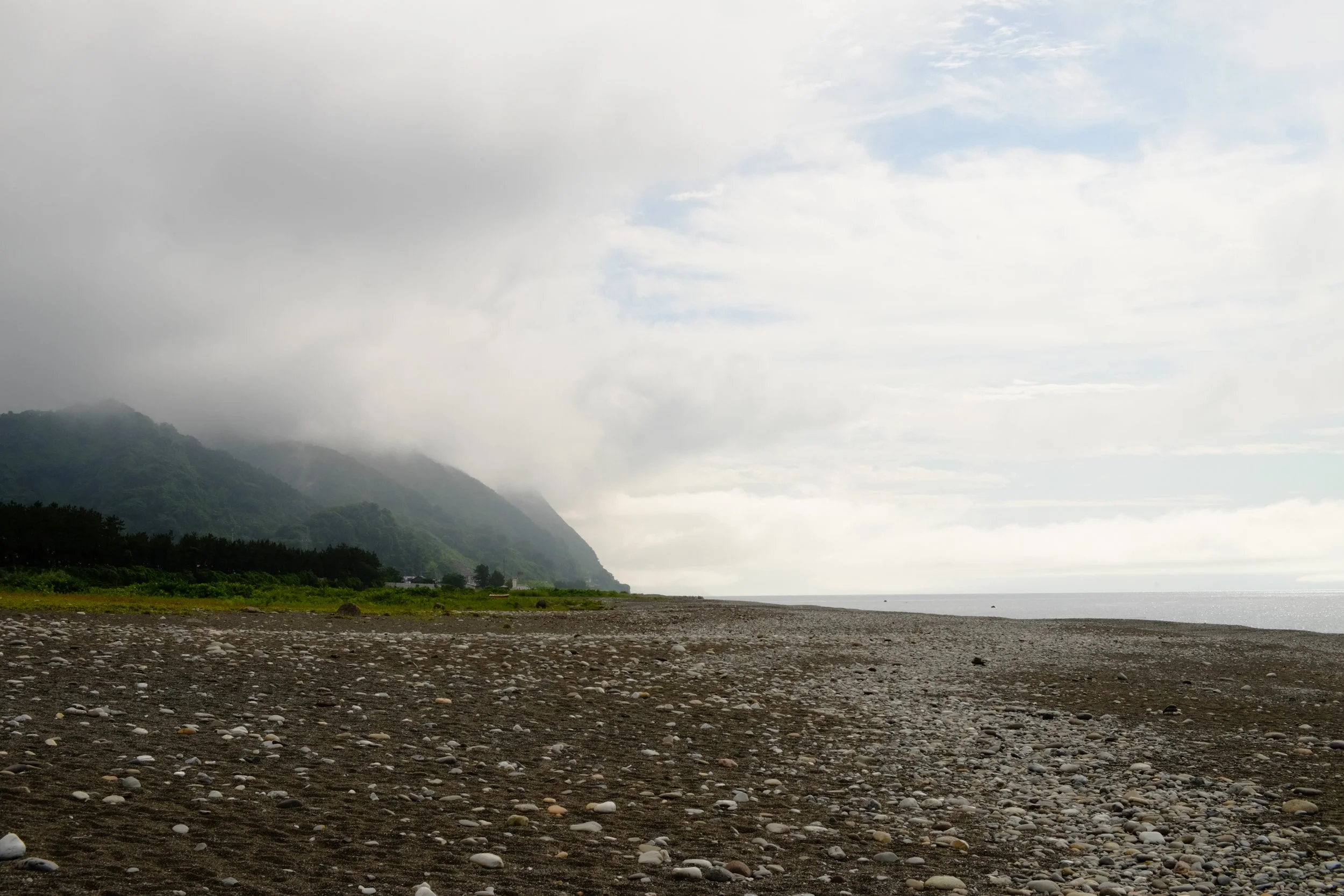
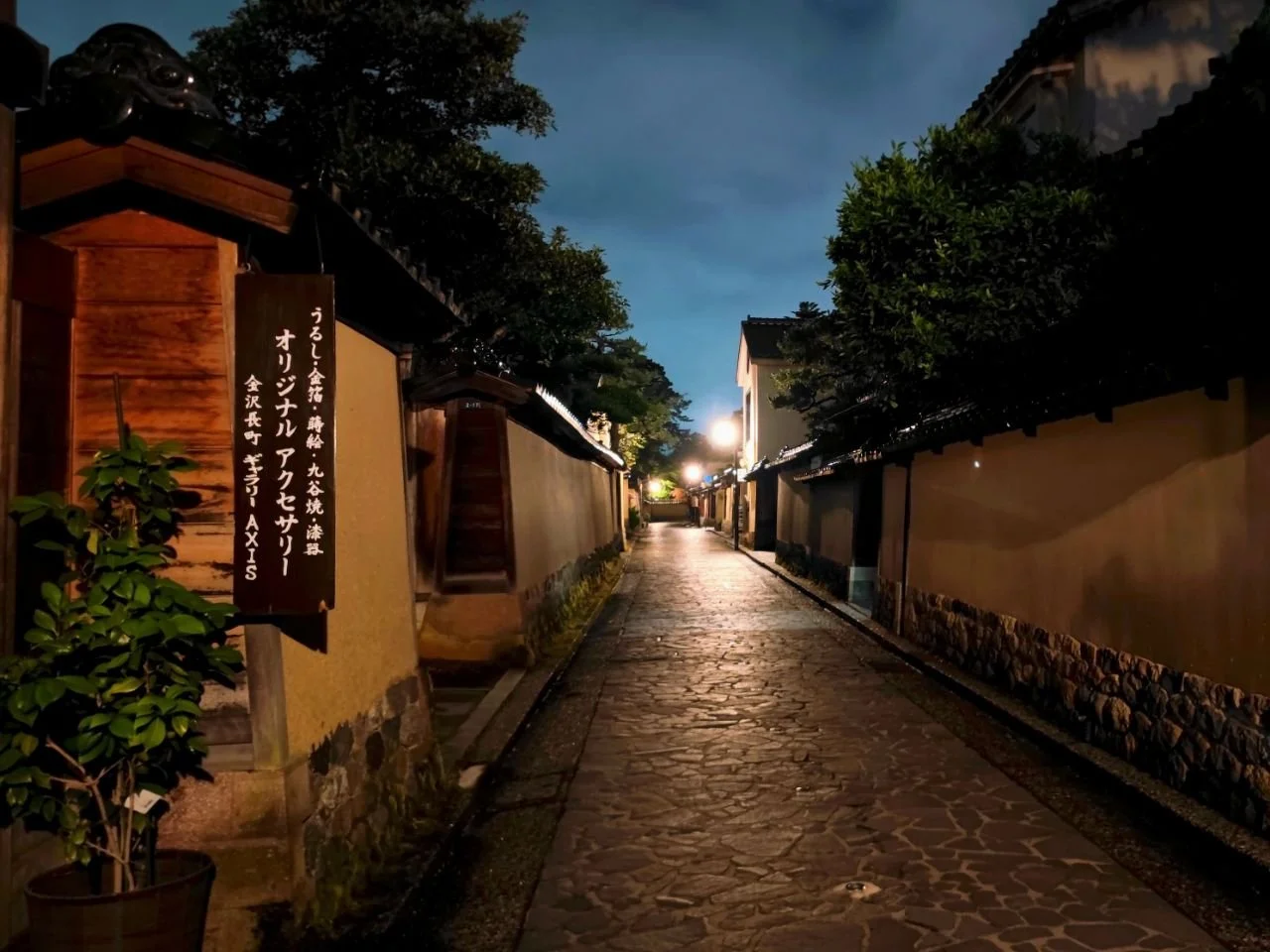
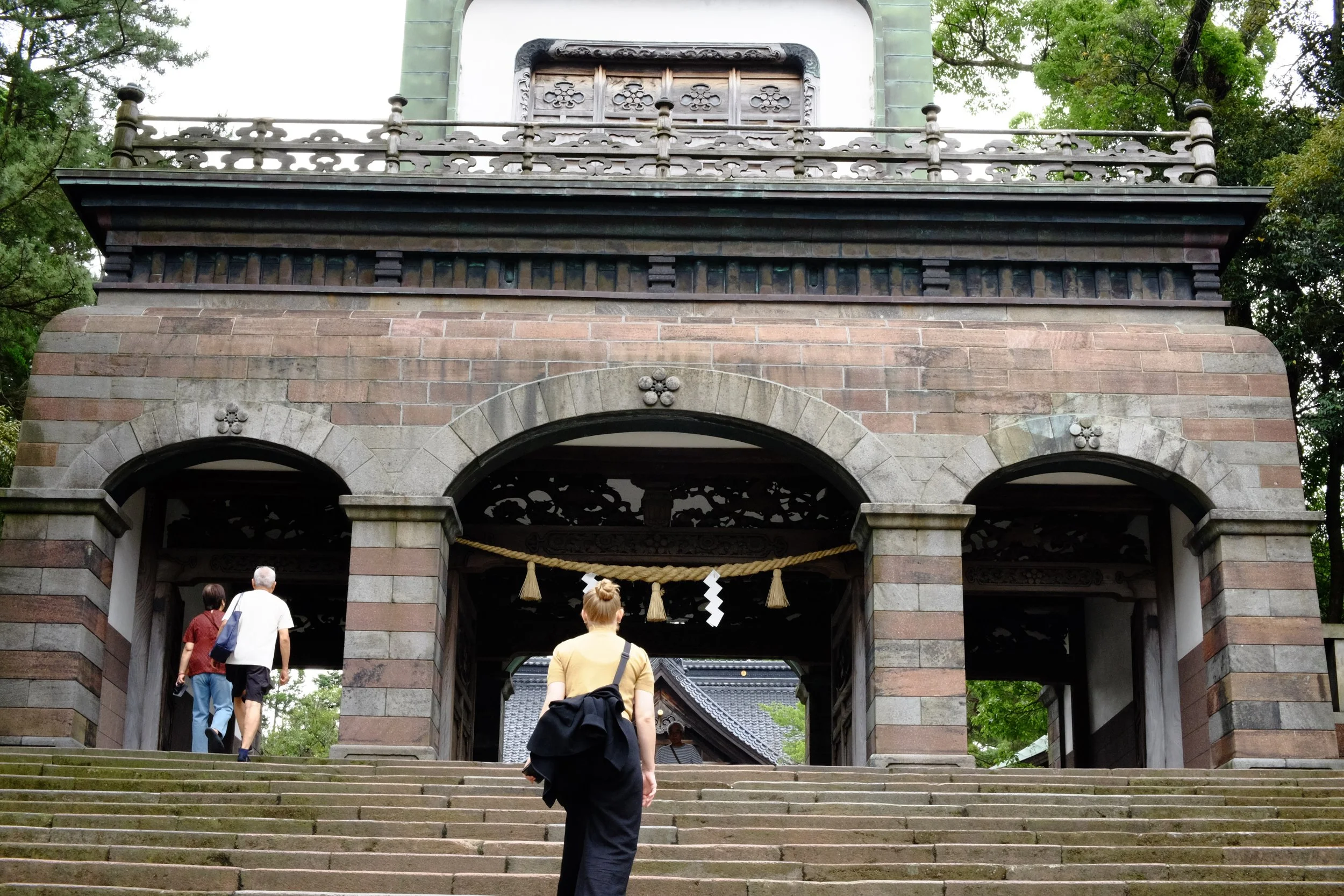

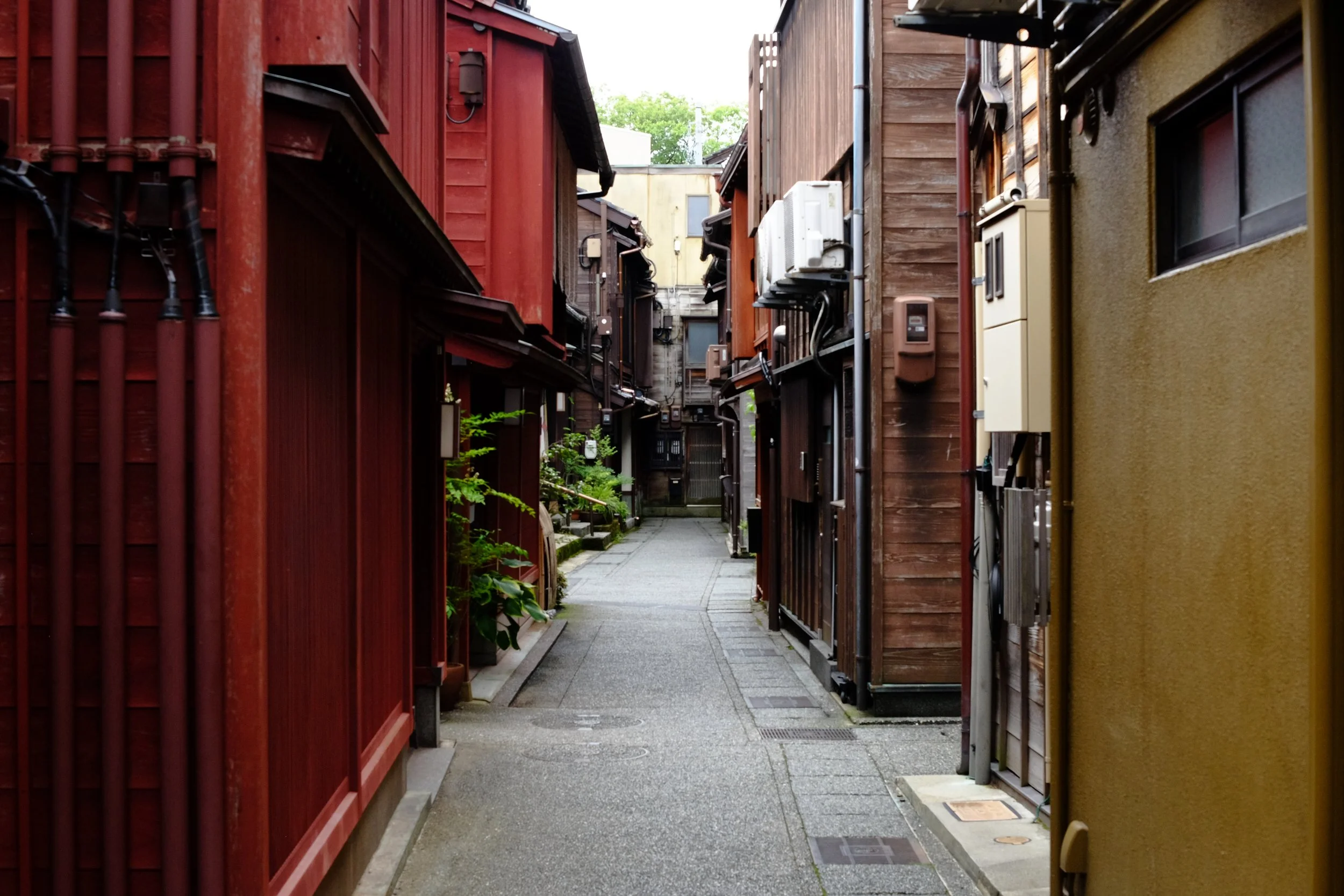



Days 3–4: Kanazawa & Yamanaka Onsen
Once a wealthy samurai city rivaling Kyoto in elegance, Kanazawa flourished under the Maeda clan’s patronage of the arts. Today, it’s a haven for gold leaf craft, serene gardens like Kenroku-en, and preserved geisha districts that whisper of Edo refinement.
Base: Kanazawa, then overnight at a Ryokan in Yamanaka Onsen
Travel: Matsumoto → Kanazawa
Optional detour: Drive through Hakuba and out to the coast for a scenic drive by the sea. Stop for lunch along the way, and enjoy great specialty coffee at Senjeu in Hakuba. Stretch your legs and get some fresh air at Lavender Beach before continuing to Kanazawa.
Local Cuisine:
Seafood donburi at Omicho Market
Gold leaf-covered soft-serve ice cream
Specialty Coffee: Townsfolk coffee, Nonstop Coffee Stand & Roastery
Top Sights:
Explore the Higashi Chaya District in Kanazawa (historic geisha area).
Explore Nagamachi Samurai District
Visit Kanazawa Castle and Kenroku-en Garden (one of Japan’s top 3 gardens)
Visit the Kanazawa 21st Century Museum of Contemporary Art
Onsen Experience: Stay one night at a traditional ryokan with kaiseki dinner in Yamanaka Onsen, a peaceful hot spring town, around an hour drive from Kanazawa
Stroll along the Kakusenkei Gorge trail and cross the winding bridge
Visit Yamanaka Lacquerware Museum
Sign up for a laquerware workshop at Mokume
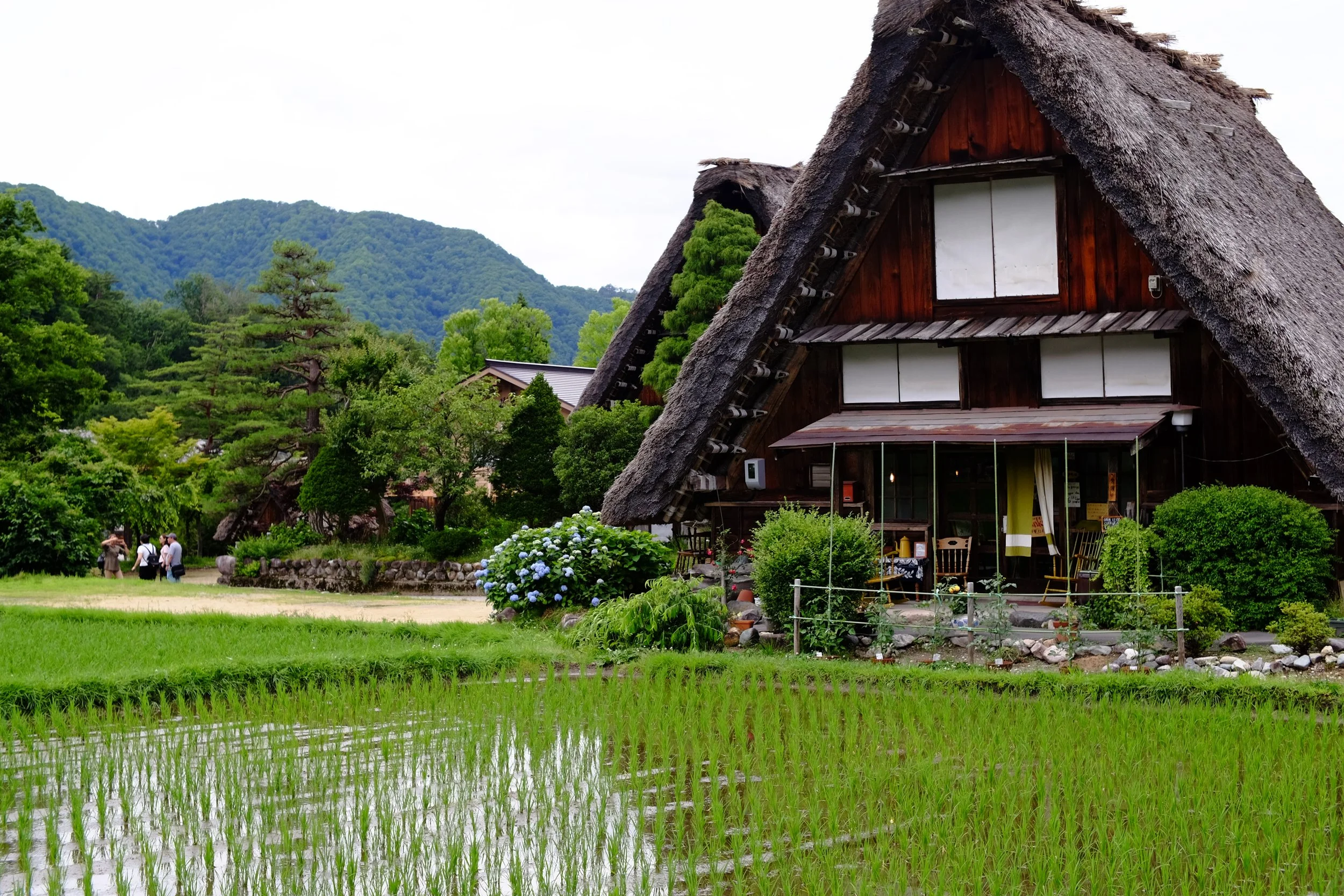

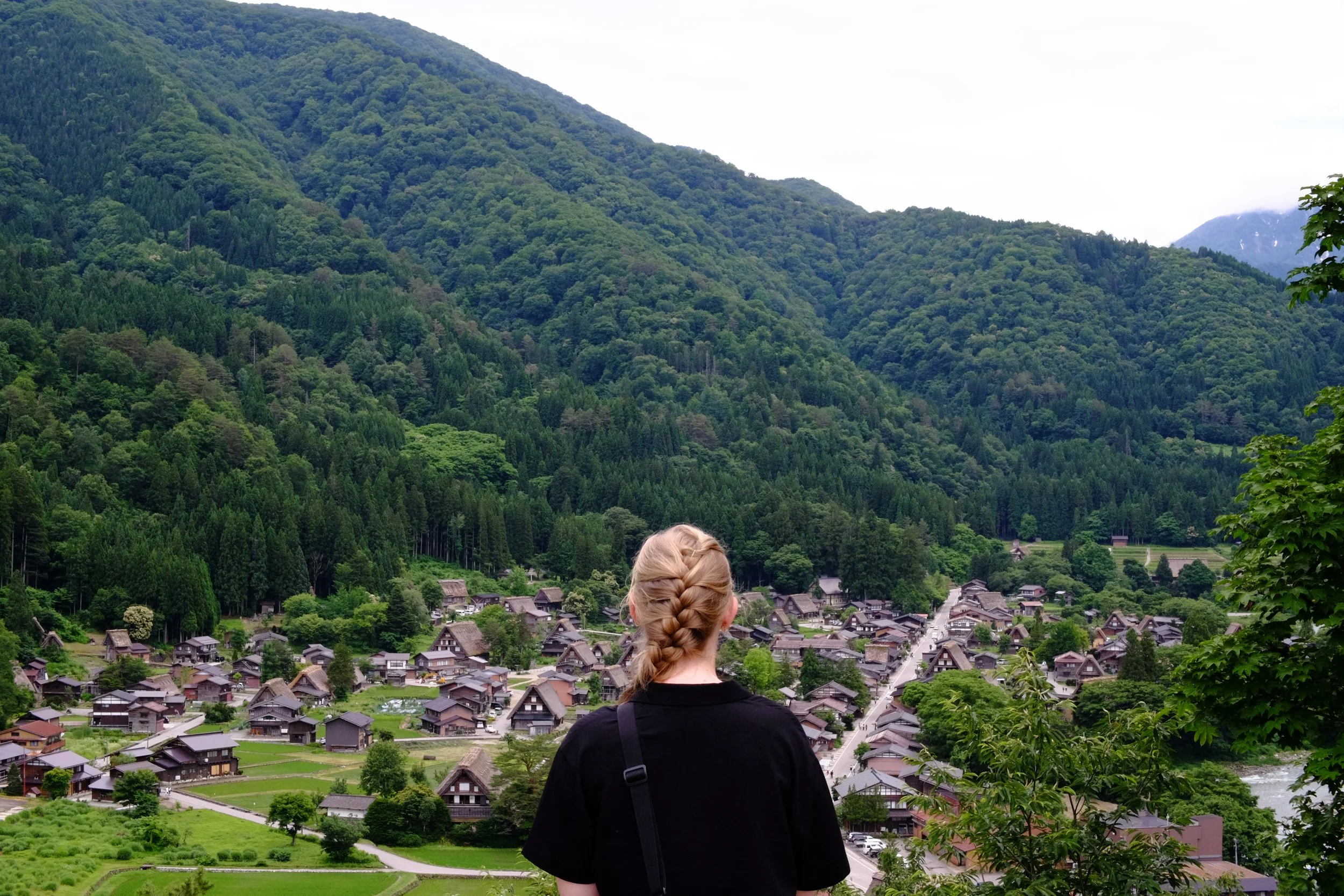



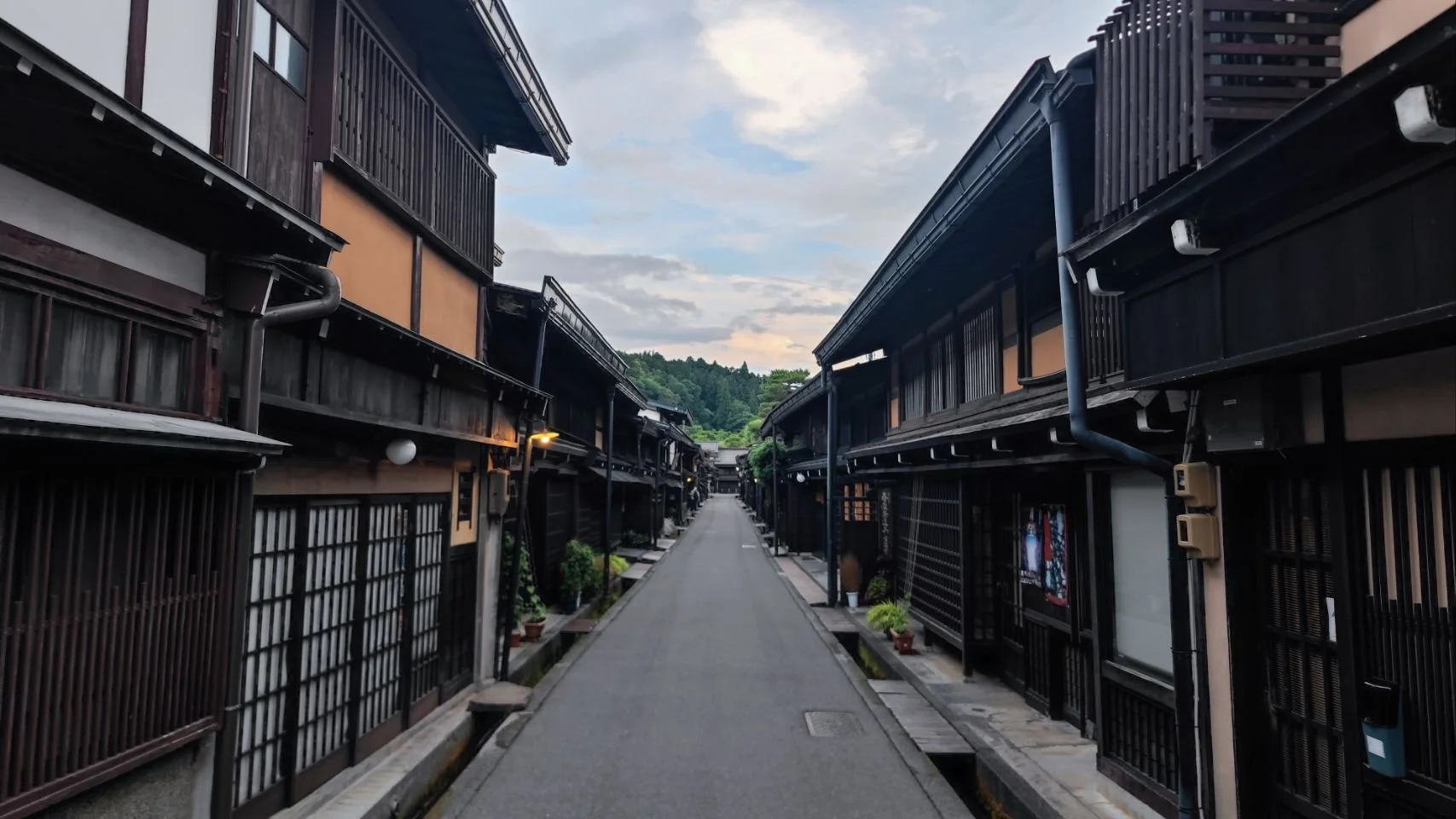
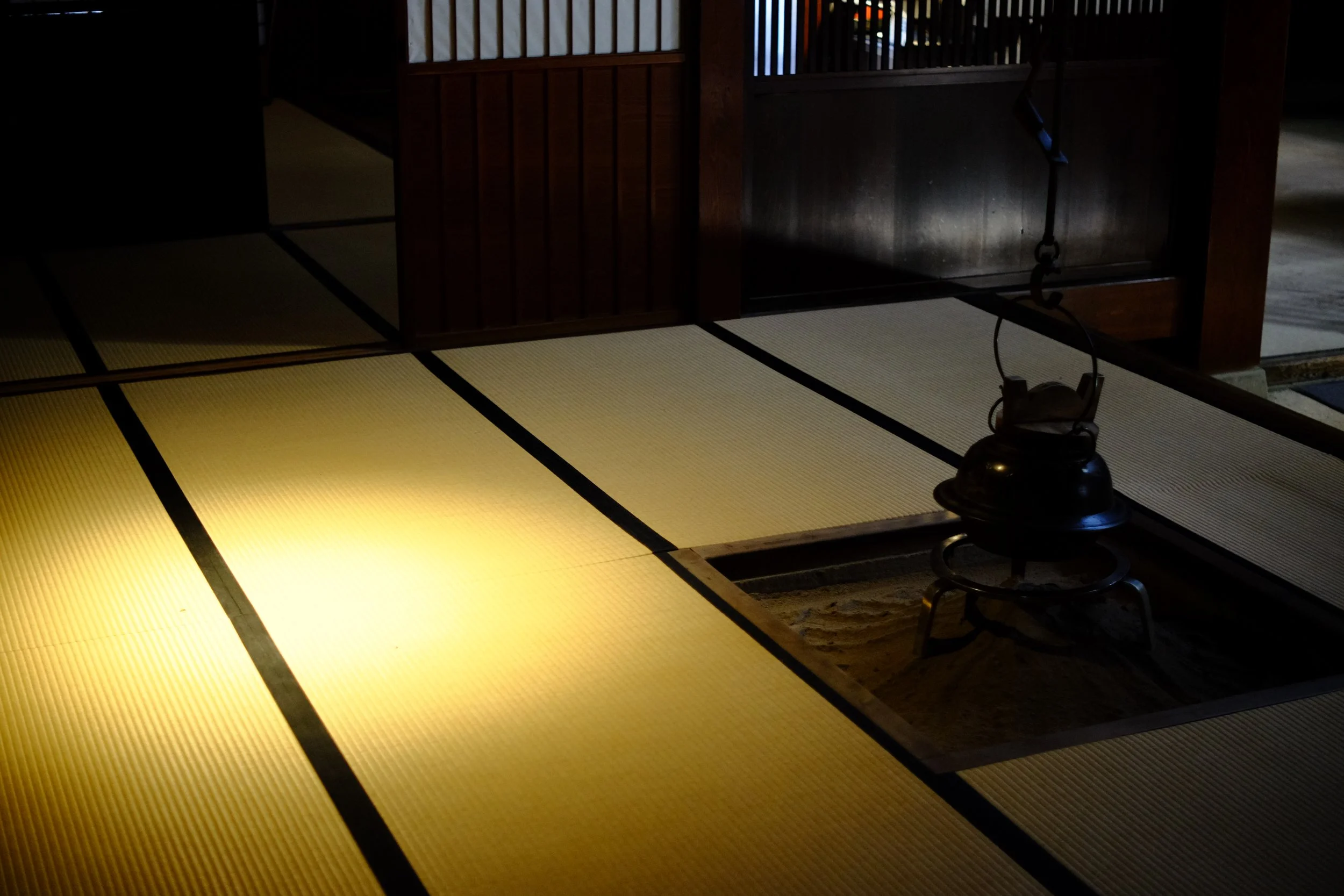

Days 5–6: Shirakawa-go & Takayama
Nicknamed “Little Kyoto,” Takayama charms with its Edo-era merchant houses and sake breweries. Once a thriving carpentry center for imperial projects, the town retains a craftsman’s precision in everything from its festivals to its morning markets. Hidden deep in the mountains, Shirakawa-go is a UNESCO-listed village famed for its gasshō-zukuri farmhouses steep thatched roofs built to endure heavy snow. Their unique design, like hands pressed in prayer, reflects both practicality and quiet spiritual symbolism.
Base: Takayama
Travel Time: Kanazawa→ Takayama
Tip: Drive via Shirakawa-go and visit the UNESCO World Heritage site and learn about the thatched Gassho-style houses, and the history of the village, and how the people there have built a community to survive long, isolated winters in the valley.
Local Cuisine:
Hida beef steak dinner, sushi, or grilled skewers
Visit a traditional sweet shop for goheimochi (miso-grilled rice cakes)
Sake tasting at local breweries like the Funasaka Sake Brewery
Specialty Coffee: Falò Coffee Brewers
Top Sights:
Shirakawa-go and visit the UNESCO World Heritage (see tip above)
Explore Takayama's old town (Sanmachi Suji)
Browse the morning markets (Miyagawa or Jinya-mae)
Explore Takayama Jinya (historic government building)
Relax and wander the charming merchant streets
Visit Takayama Shōwa-kan Museum, an immersive style museum with an amazing assembly of retro Japanese artifacts, games, and pop culture
Optional: Visit the Takayama Festival Floats Exhibition Hall
Additional suggestion (if you have more time): Take an extra day trip to Shinotaka and visit Shinhotaka Outdoor Public Onsen and Shinhotaka Ropeway. These were two recommendations we were given by a local. Unfortunately, we learned it on our last day before leaving Takayama, so we did not end up going. But you should!



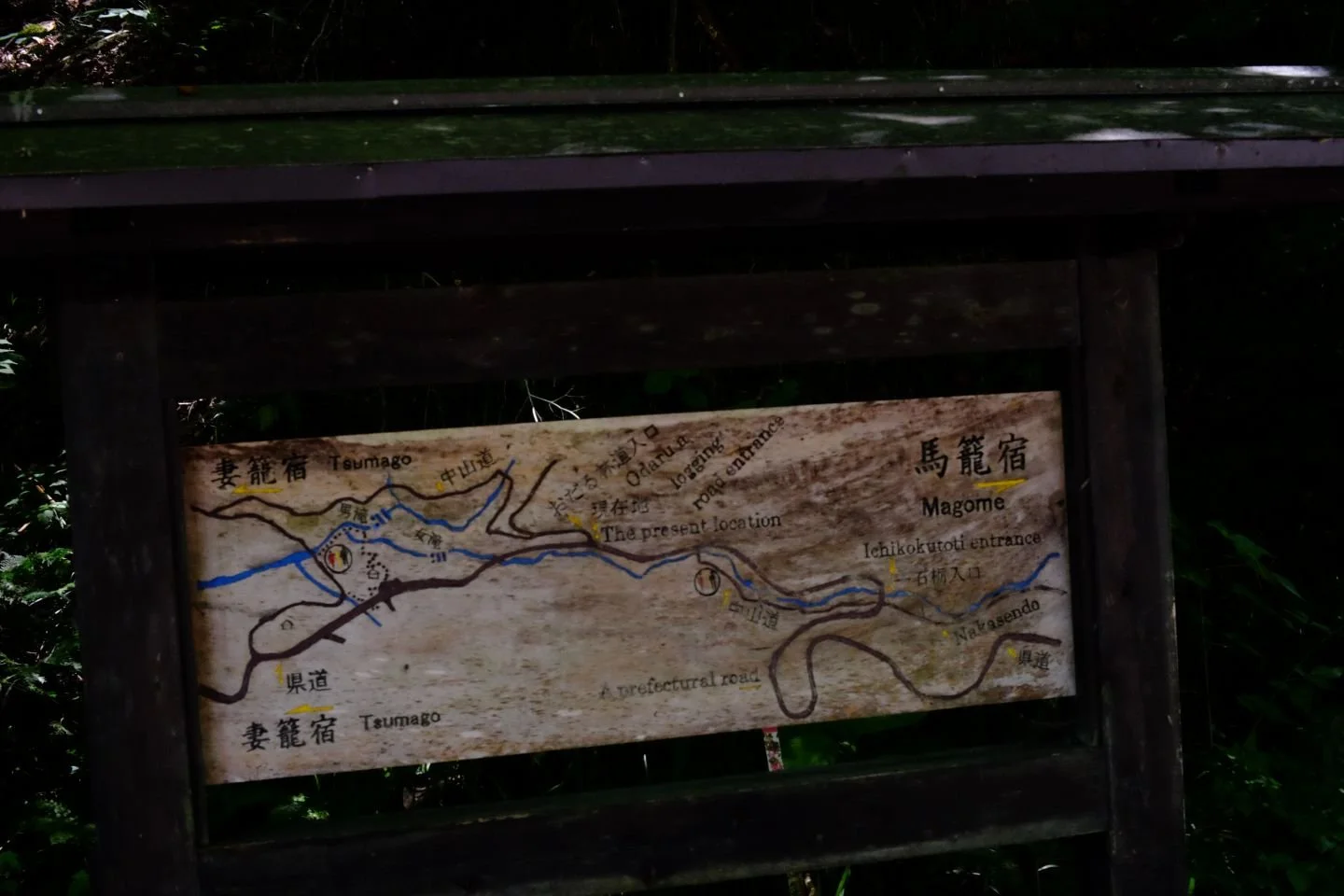



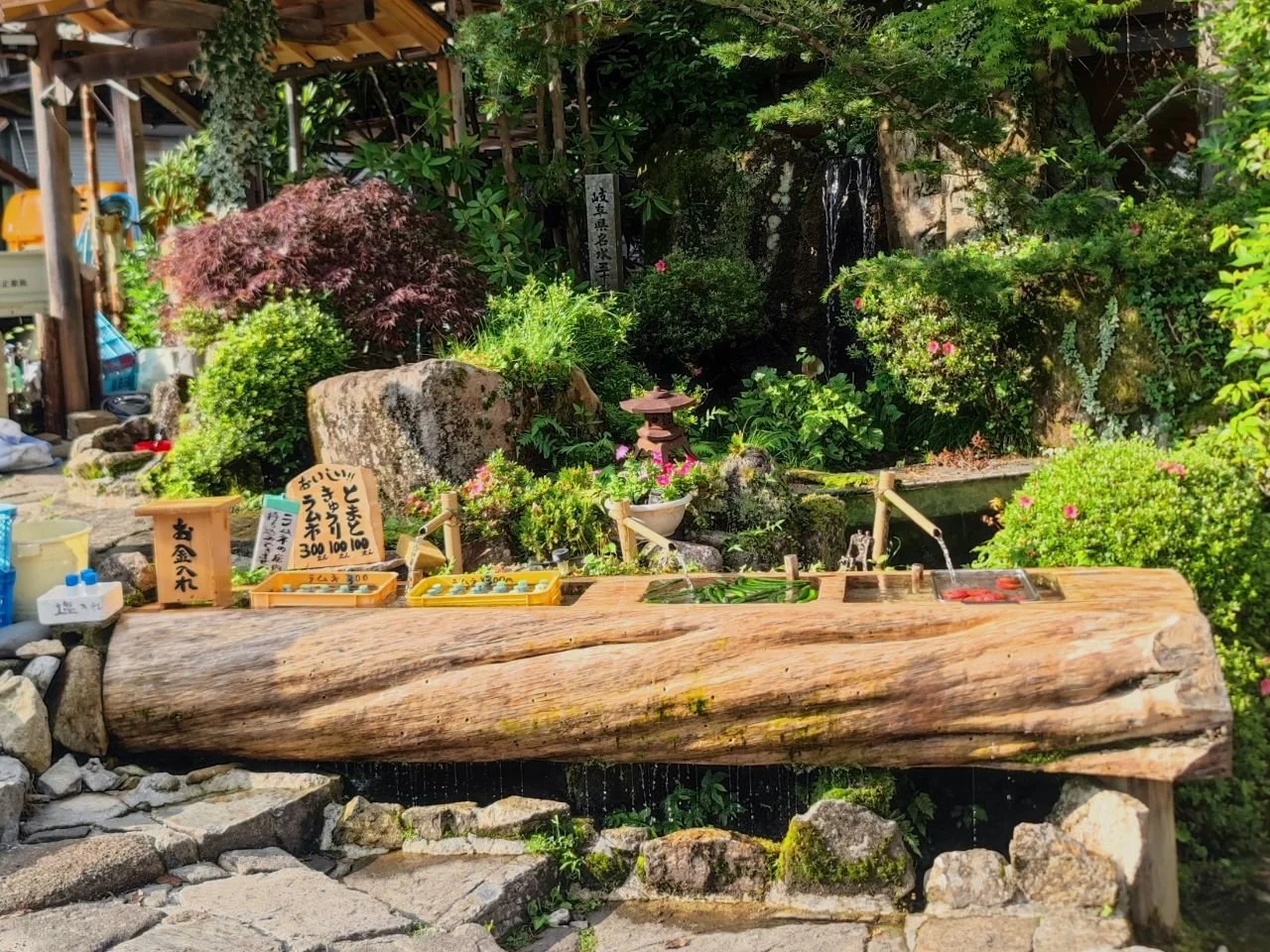
Days 7–8: Kiso Valley (Nakasendo Trail)
The Kiso Valley cradles one of Japan’s most atmospheric Edo-period routes, the Nakasendo Trail — a path once walked by samurai, poets, and merchants between Kyoto and Edo. Here you can find Magome and Tsumago, two lovingly preserved post towns where time seems to have slowed; and Nakatsugawa, a slightly livelier, bridges history with modern hospitality.
Base: Kiso Valley (Magome, Tsumago, or Nakatsugawa)
Travel: Takayama → Kiso Valley
Optional detour: Drive through Gero and stop for lunch, and enjoy excellent specialty coffee at 音楽喫茶 the OLD GREY. Continue a small detour to Tsukechi Gorge and explore the beautiful forest walk with waterfalls.
Enjoy local dishes like gohei mochi, tororo soba, grilled fish, and mountain vegetables
Accommondation: Stay at a local minshuku, a Japanese historical post town inn. For a more modern comfort, stay at a hotel with a sento (public hot bath) in Nakatsugawa for a comfortable regeneration after hiking the Nakasendo trail.
Specialty Coffee: RIVERBED COFFEE BREWER&ROASTERY, Holidaypark Roastworks
Top Sights:
Journey into the Kiso Valley, known for preserved Edo-period towns
Walk cobblestone paths and take in serene mountain views
Hike ~8 km on the Nakasendo Trail from Magome to Tsumago
Forest paths, streas, and preserved Edo-era scenery
Visit the Tsumago Honjin or Waki-Honjin (historic inns)
Optional: Explore Tsumago's post town museum
Tip: Consider luggage forwarding for hiking ease if you want to stay the night in the next town. There are also local buses between the towns if you want to return after hiking.
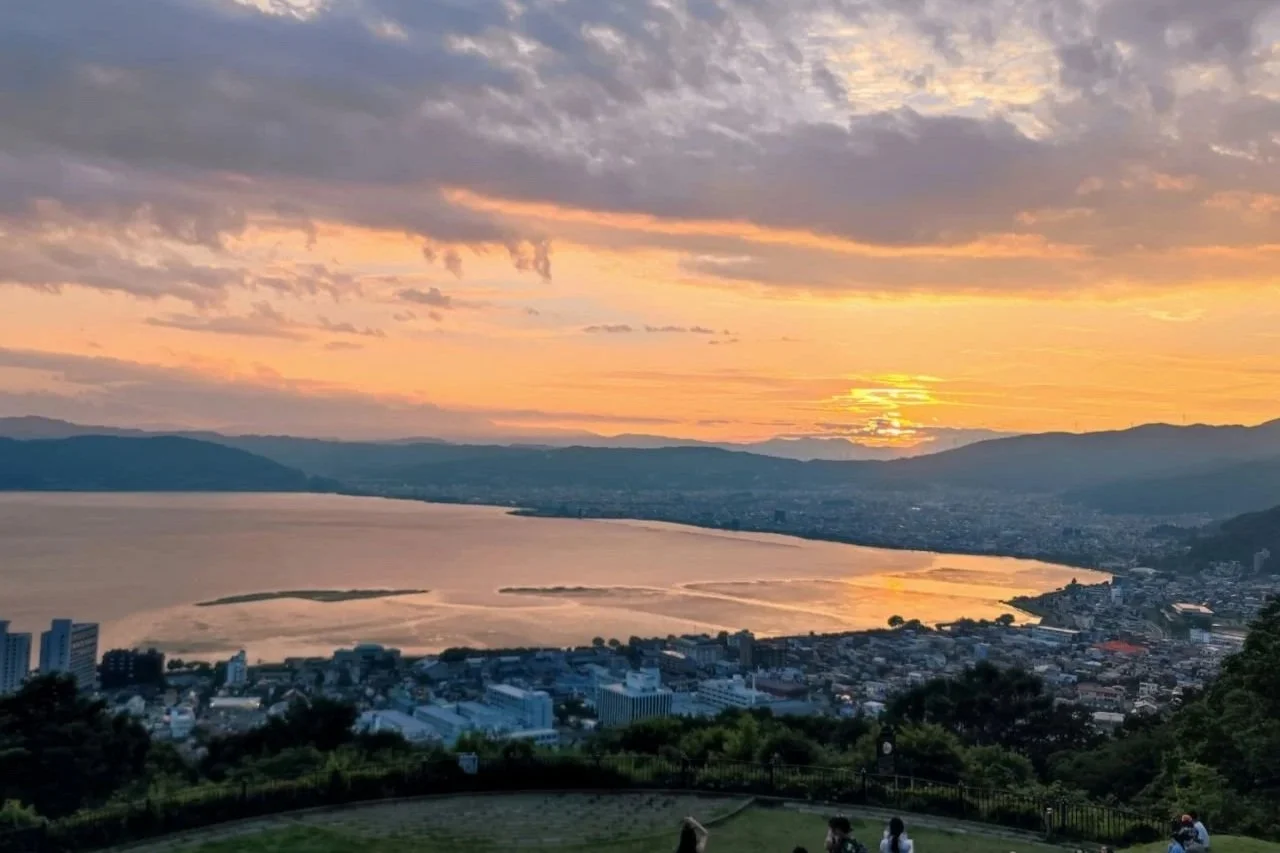

Day 9: Lake Suwa
Ringed by onsen towns and framed by distant peaks, Lake Suwa is steeped in Shinto legend. In winter, when the lake freezes, a natural ice ridge, the Omiwatari, is said to mark the footsteps of a god crossing the frozen waters to visit his lover.
Base: Suwa or Chino
Travel: Kiso Valley → Lake Suwa
Optional detour: Have a lunch stop in Kiso or Narai-juku, and add it to the list of old post towns visited. Drive through Inakita and stop for some specialty coffee at Rear Coffee and say hi to the little doggo Pochi.
Culinary: Visit a small local izakaya.
Specialty Coffee: AMBIRD
Top sights:
Stop at Suwa Taisha Shrine or Lake Suwa
Visit Mandai Shoten Suwa, a large second-hand shop with a large selection of anime merch as well as clothes, music and games.
Check out ReBuilding CenterVintage JAPAN, a thrift and upcycling shop that sells products made from materials of old akiyas in the area.
Drop by 山田養蜂場 Kogen Honey shop where you can taste and buy a vast selection of locally produced honey.
Make your way to Tateishi Park and enjoy a sunset view over Lake Suwa. Be aware that parking islimited, so make your way up in advance before sunset.
Spend the night in the area around Lake Suwa: Experience a quieter town before reaching Fuji region
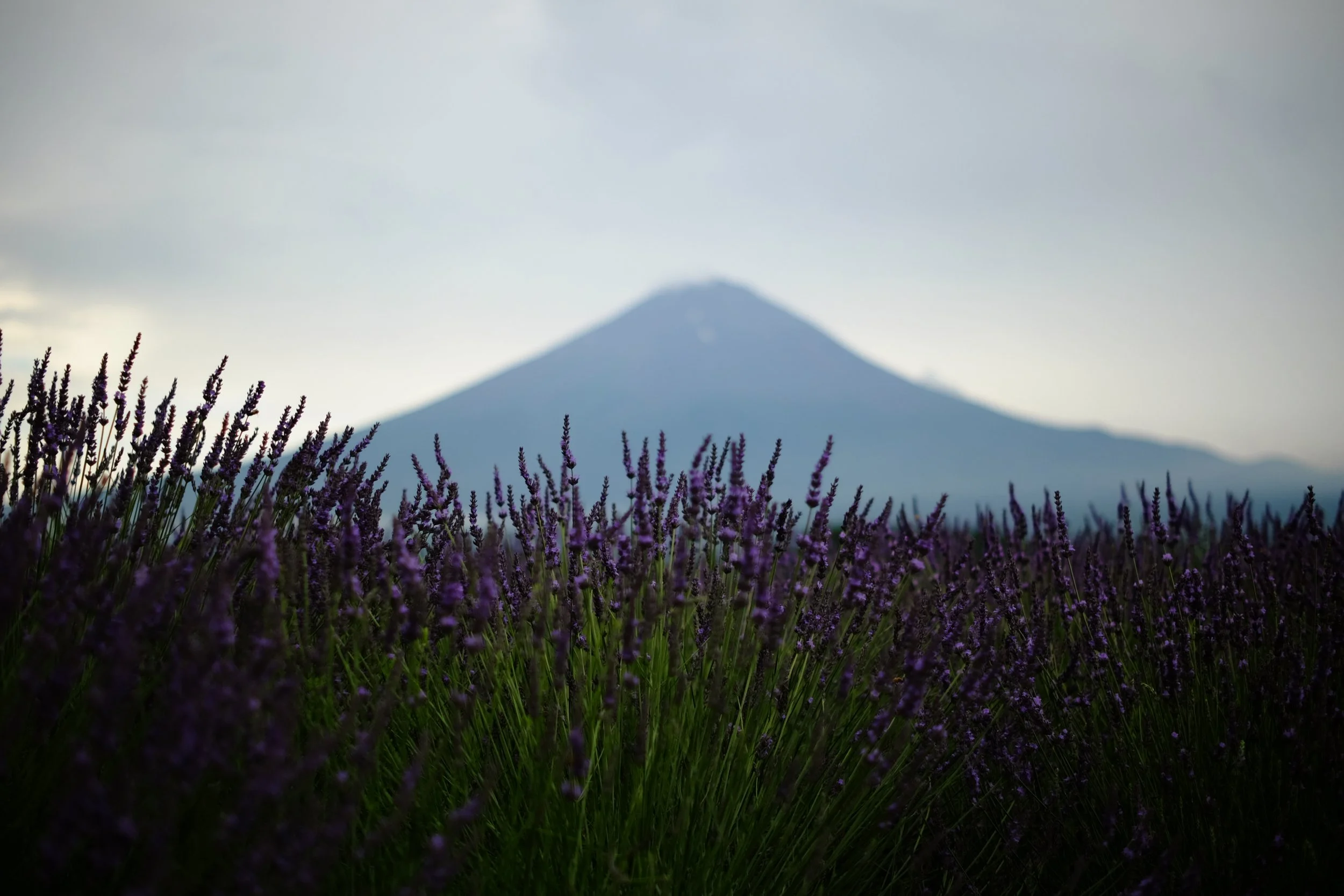

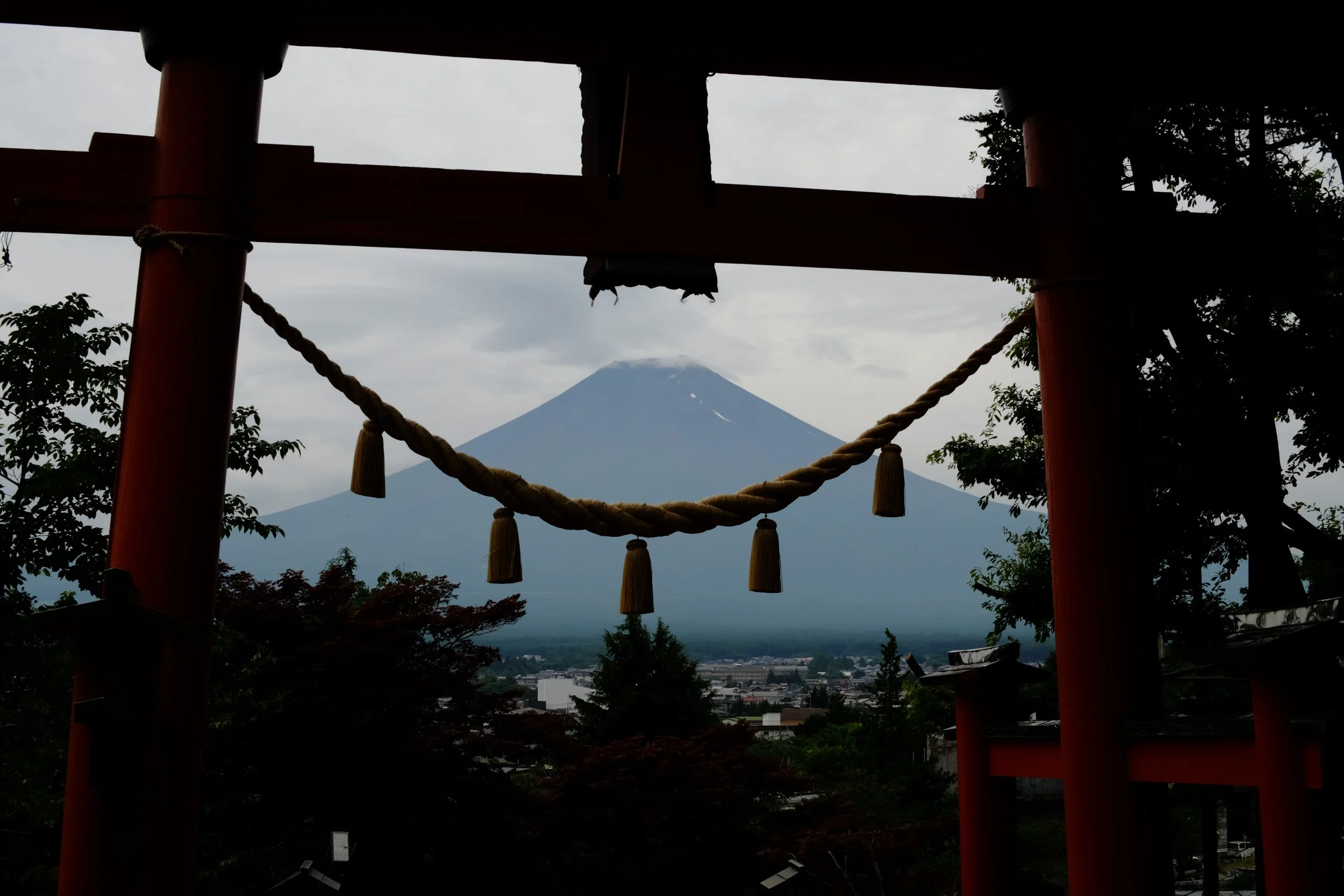
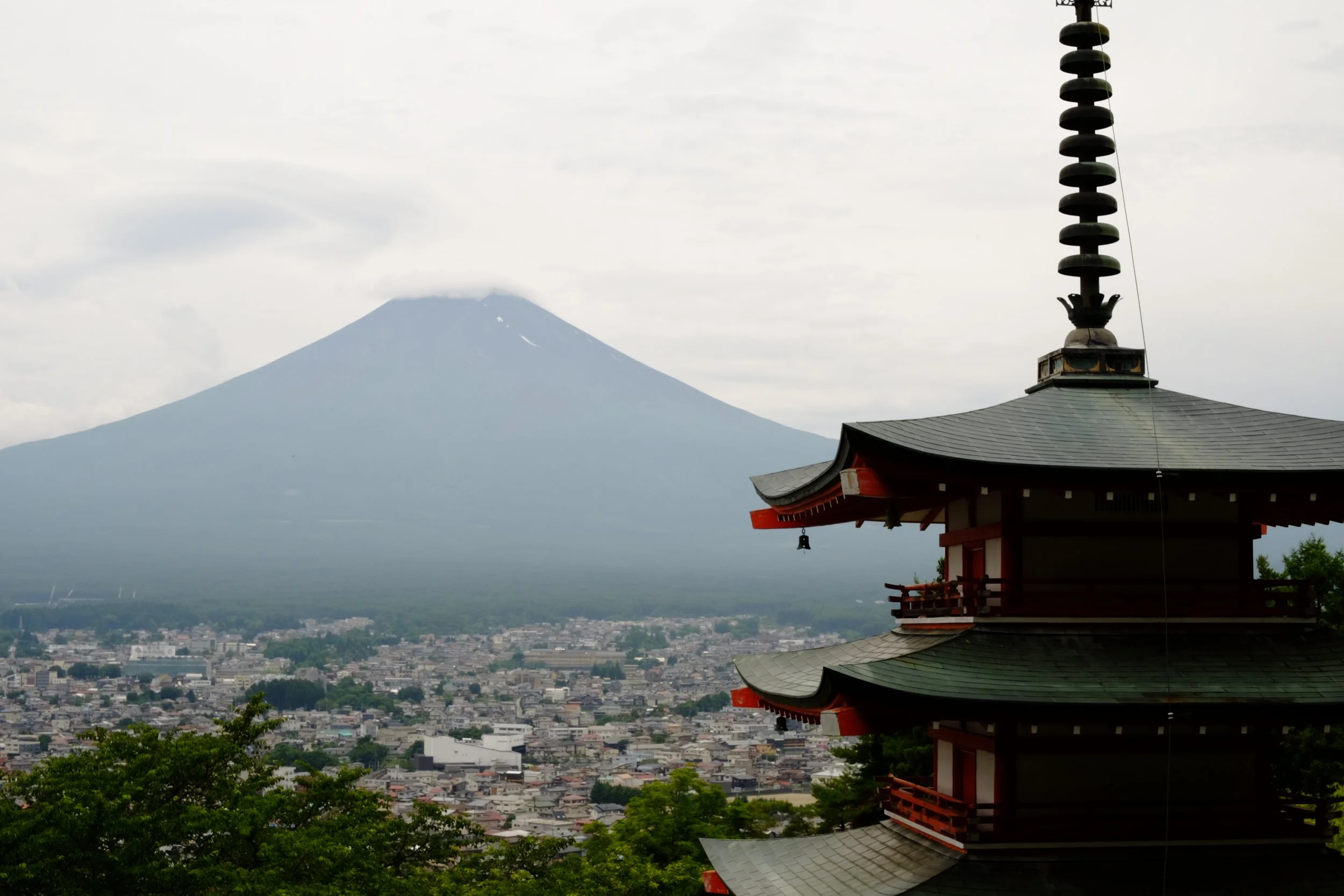
Days 10–11: Kawaguchiko (Mt. Fuji Region)
At the foot of Mount Fuji, Lake Kawaguchi offers one of Japan’s most iconic views, its mirror surface perfectly reflecting Fuji’s snow-capped symmetry. The area has long been a retreat for poets and painters seeking to capture the mountain’s quiet majesty.
Base: Kawaguchiko
Travel: Lake Suwa → Kawaguchiko
Local Cuisine:
Hōtō noodle (thick flat noodles in miso soup)
Enjoy local cafés with lavender-flavored sweets and drinks
Specialty Coffee: Nagasaki Coffee
Top Sights:
Relax by Lake Kawaguchi with views of Mt. Fuji
Short hike to Chureito Pagoda for iconic Fuji views. Yes, this is THE Pagoda that is on THE image that everyone has ever taken of Mt Fuji (including us). This is extremely touristic, but so iconic that it cannot be helped. Be warned that the climb is quite steep and longer than perhaps expected. But in return, you get to choose between walking the slopes or taking the stairs.
Enjoy a beautiful view of flowers, lake, and Mt. Fuji at Oishi Park.
Visit the Mt. Fuji Panoramic Ropeway. From here you can continue on the Mt. Tenjo hiking course, or just enjoy the view from the top of the ropeway. However, be warned. Yes, it is extremely touristic. One tip is to arrive before 9:30AM, as there is often a surge of people arriving after 10AM. In my opinion, this is a nice thing to do to get a nice view over the lake, and Mt. Fuji (if the sky is clear), but I would not do it if there is a long line to take the ropeway, as it means that it will be just as crowded on the top. But you know better your tolerance for tourist crowds…
Optional:
Stay at an onsen ryokan with Mt. Fuji views
Learn about Mt. Fuji's significance at the Fujisan World Heritage Center

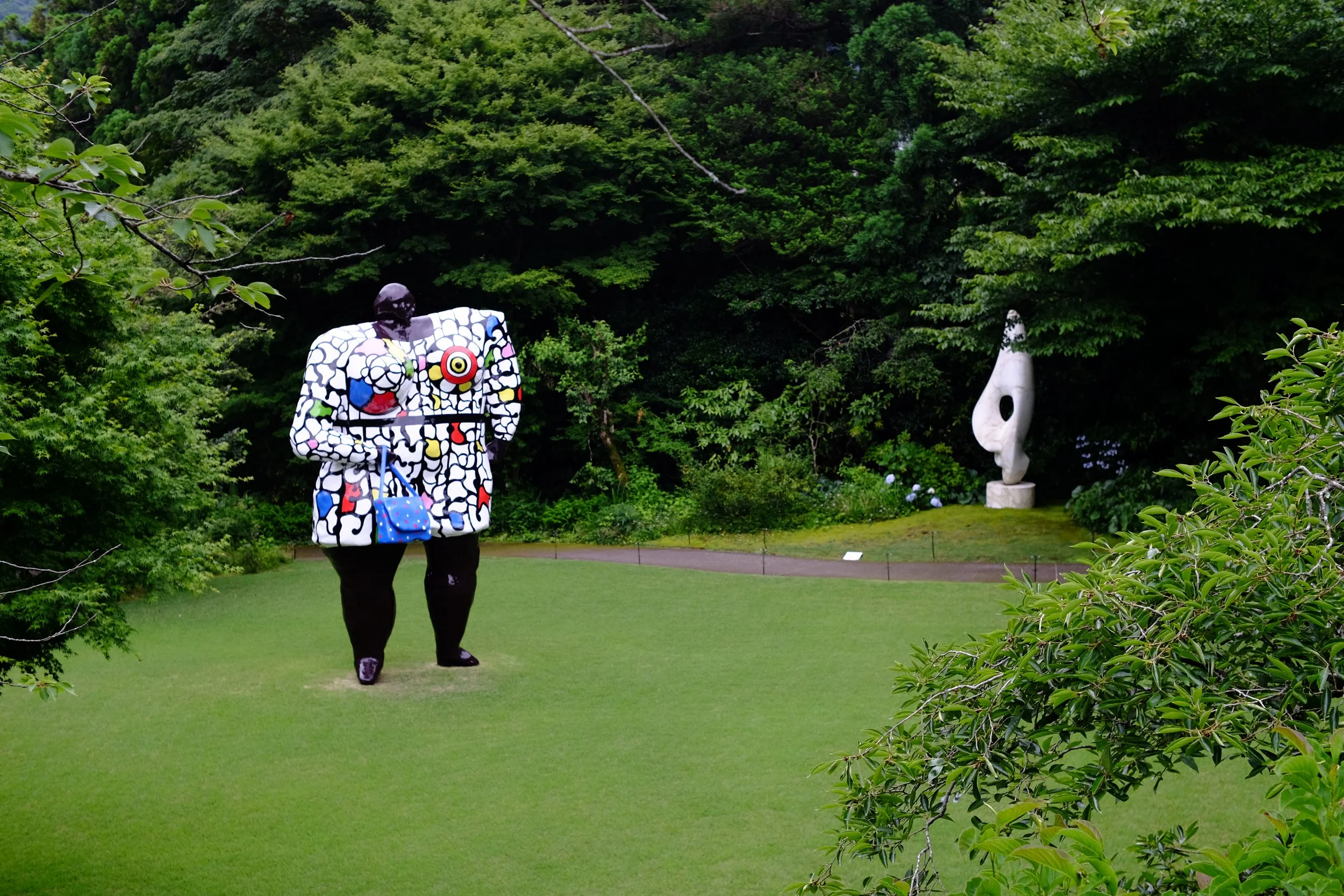


Day 12: Return to Tokyo
Enjoy a scenic final day. Stop by a Mt. Fuji viewpoint or travel to Gotemba to check out their Premium Outlets or Hard Off / Hobby Off before heading back to Tokyo via expressway or highway bus. If you have a car and are not in a hurry, take a detour on your way back to Tokyo and visit The Hakone Open-Air Museum. If you do, make sure to stop by アメイズコーヒーハウス箱根 a*maze coffee house for specialty coffee to refuel for the travel.

